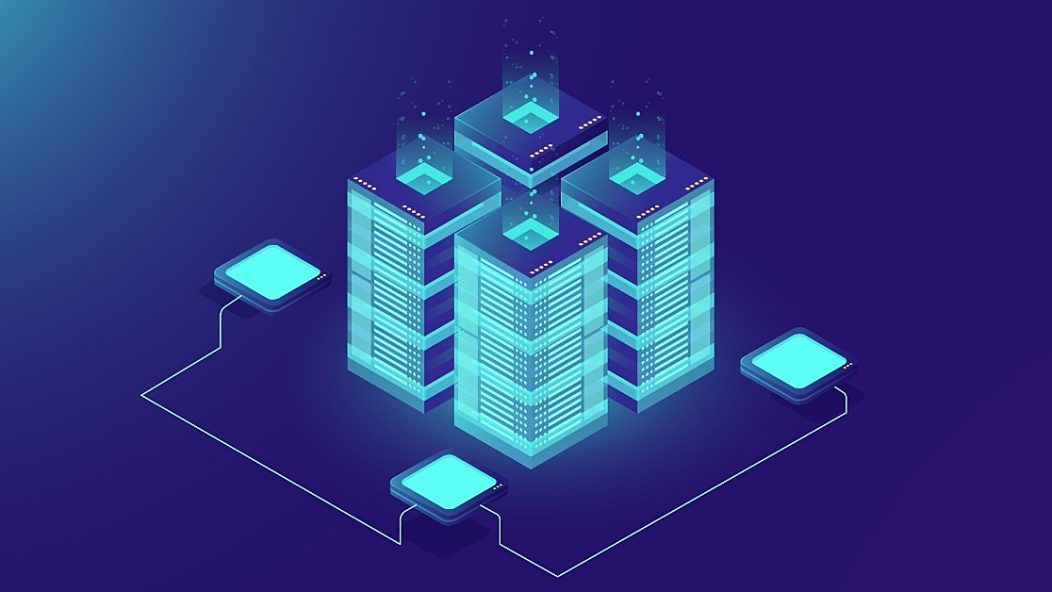
What are NFTs actually used for? A guide, from art and music to gaming and movies
Many people are familiar with NFT art, especially through high-profile sales of individual NFTs. However, art is only one specific way NFTs are used. NFTs can be used in different ways. In other words, they have different “use-cases,” different functions and purposes.
In fact, digital art and gaming are just the tip of the iceberg of NFT use-cases. As their demand has been steadily growing, they have come to fill a wide variety of functions.
Read more: How to make NFTs—a guide to creating your own unique artworks
Digital art
The most known use-case in the NFT world is that of digital art. The technology can be used to make a one-of-a-kind digital art item that has unique and exclusive properties.
Let’s take, for example, a piece that you as an artist want to create in Adobe Illustrator. You finish your work, and you are ready to put it on the market. Because digital files can be easily duplicated, how would you verify that this particular piece is unique and provide the buyer with proof of authentication? You provide it with unique metadata that verifies the uniqueness of the piece, therefore turning it into an NFT. In this sense, NFTs make it possible to create and promote artwork in the virtual world.
Virtual reality (the metaverse)
Virtual worlds (metaverses) have existed for quite some time but gained in popularity in 2021. Most notably, the announcement of Facebook’s rebrand to Meta brought greater interest in the concept of the metaverse. Many, as well as myself, believe that the metaverse is the future for many industries and will be an escape from the current world that we live in. Just take a look at the movie Ready Player One. Wasn’t that one form of escape?
Now how do NFTs come into play here? Well, that’s easy — virtual realities are divided into land parcels (e.g. Decentraland). These properties can be purchased as an NFT. The result is land that you own, much like a piece of land in reality. Anyone can buy, sell or trade land at any time, and its value is determined by the area it is located in this world. Finally, metaverses also act as advertisement areas for many companies. Think of billboards but in an online world where people go to have fun.
Gaming
Marketplaces and purchasing in an online game isn’t a new idea. Many games have a feature where you exchange money for in-game items. Take League Of Legends, for instance; it has a plethora of skins available for each hero. The problem here is that these items are controlled by a centralized game company with a private server. As a result, your account, as well as your purchased skins or other items, aren’t completely under your control and can be taken away from you at any time. The new model of gaming suggests that players not only own what they purchase, but they can actually use them in multiple games as well (an initiative of NFT company Enjin). Imagine if you could use a purchased hero from League Of Legends outside of that game, say in World Of Warcraft or somewhere else. How cool would that be?
Collectibles
We all have been collectors at some point in our lives. Be that of cards, coins or even books. What separates collectors from simple owners is the value that those people put into the item they hold. Just tell me yourself: Would you value a coin with a distinctive minting error the same way as a generic coin? If you’re a collector, then the answer is no because the first one has uniqueness. Now put that uniqueness in digital collectibles as an NFT, and you will be able to showcase it anytime, anywhere with confidence.
Domain names
Another interesting use-case for the NFTs is that of domain names. Traditional domain names are purchased from a centralized entity and need to be maintained yearly. Even though their maintenance cost isn’t that high, it’s still a loss of money for most people. What if I tell you that in the NFT world, you can purchase a domain name once that doesn’t need maintenance? Do you know why that is? It’s because an NFT domain name is only controlled by you, and no centralized entity can take it away from you. Finally — and most importantly — using a decentralized domain name means that no centralized entity can take it down or censor it.
Music and movies
Similar to art, musicians and filmmakers can attach their creations to NFTs and make a verifiable collectible. It could be the first edition of a release, a demo or some other kind of unique item of value to an artist’s fans. The main advantage here is that artists will not depend on a third party (e.g. a production studio or record company) to collect royalties. They can do so automatically each time their creation changes hands.
Real-world NFT use-cases
NFT use-cases can expand into the real world. Specifically, they can be used in supply chains or even for our own identity.
With supply chains, the use of blockchain technology and NFTs can be a reliable form of technical support. The transparency and distinctiveness of an NFT ensure the reliability and authenticity of supply chain data. So NFTs here can help in tracking products when all the metadata is stored inside a blockchain, from its origin to the end customer. Many companies such as Amazon have already begun embracing this technology for their products.
NFTs can prove to be an important part of our society for personal identity management. As you already know, NFTs are unique. So are our identities. By combining them into a single token, we can verify our identity to anyone. For example, imagine your college degree is certified in the form of an NFT. It’s digitally stored, unable to change and always can be traced back to you.
Final words
As you can see, there are many active use-cases for the NFTs, not just in the digital world but also in the real world. Likewise, it’s quite clear that their use-cases have the power to introduce productive improvements across different sectors. What’s mentioned above are only a few examples.







